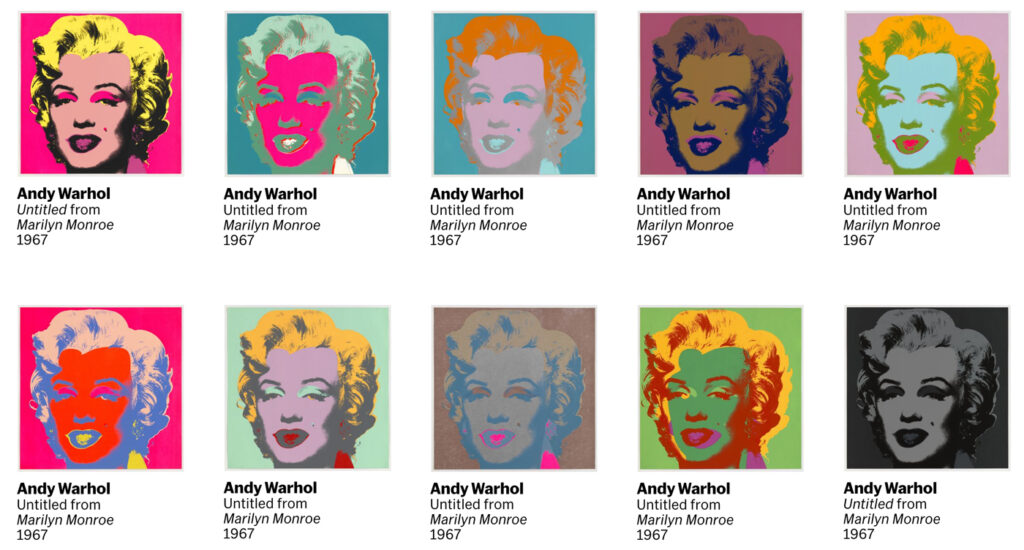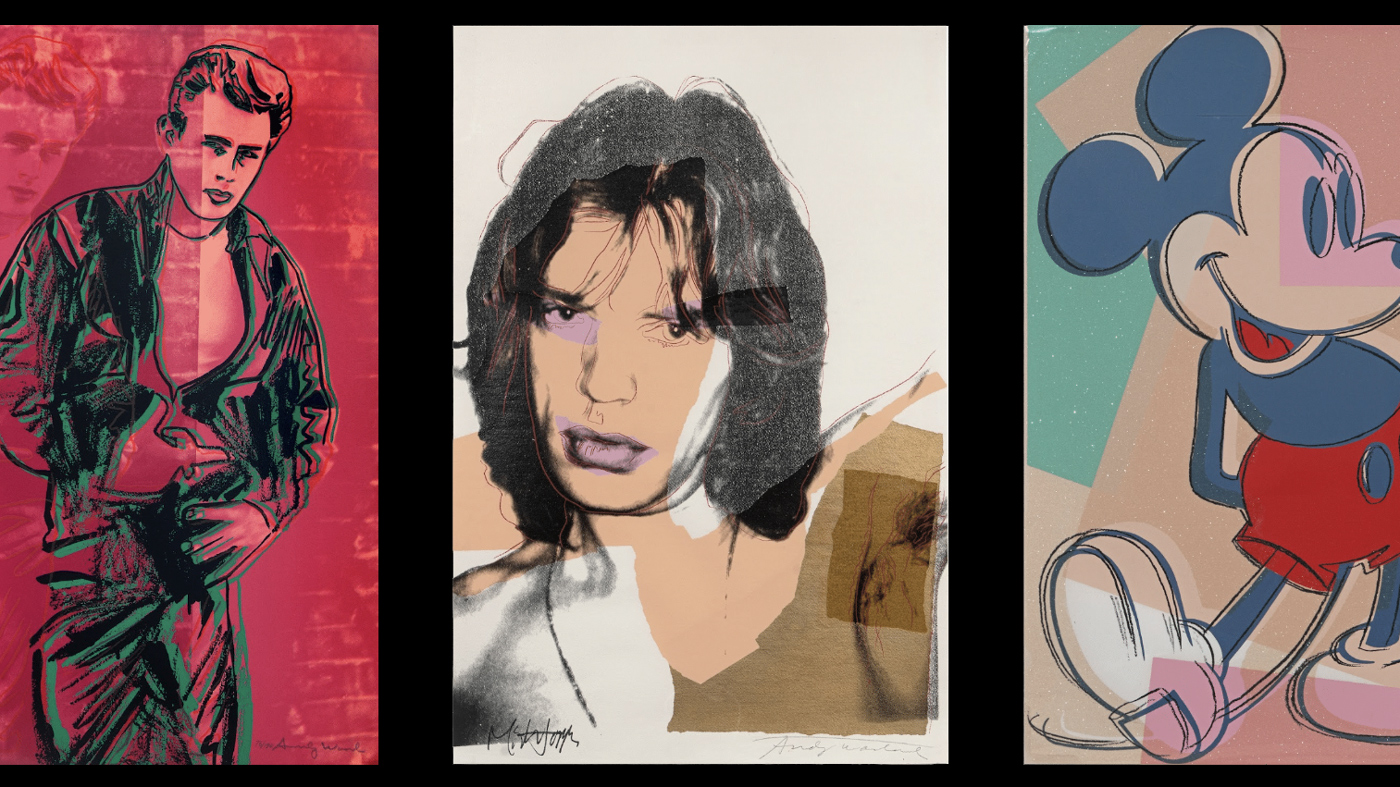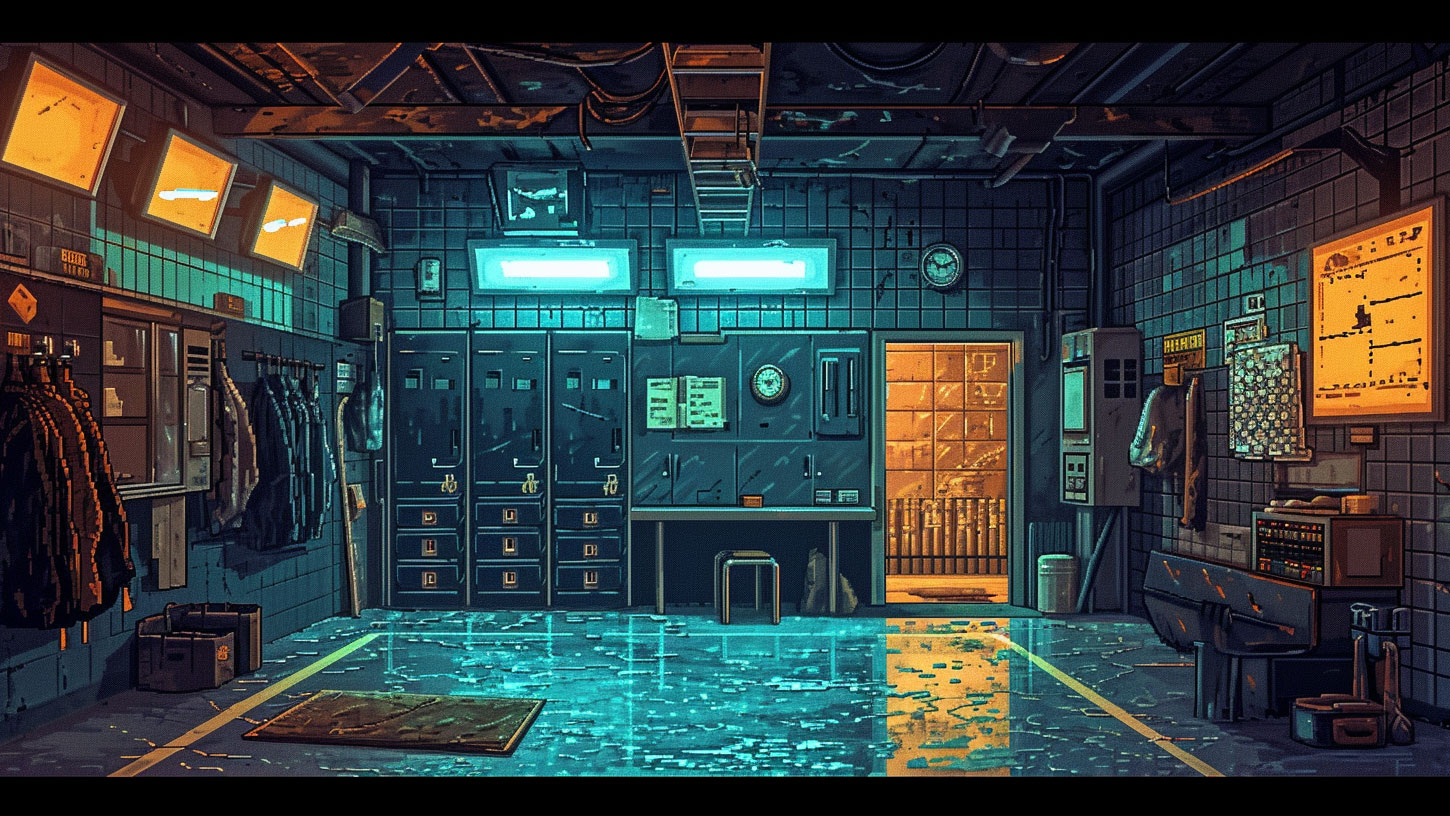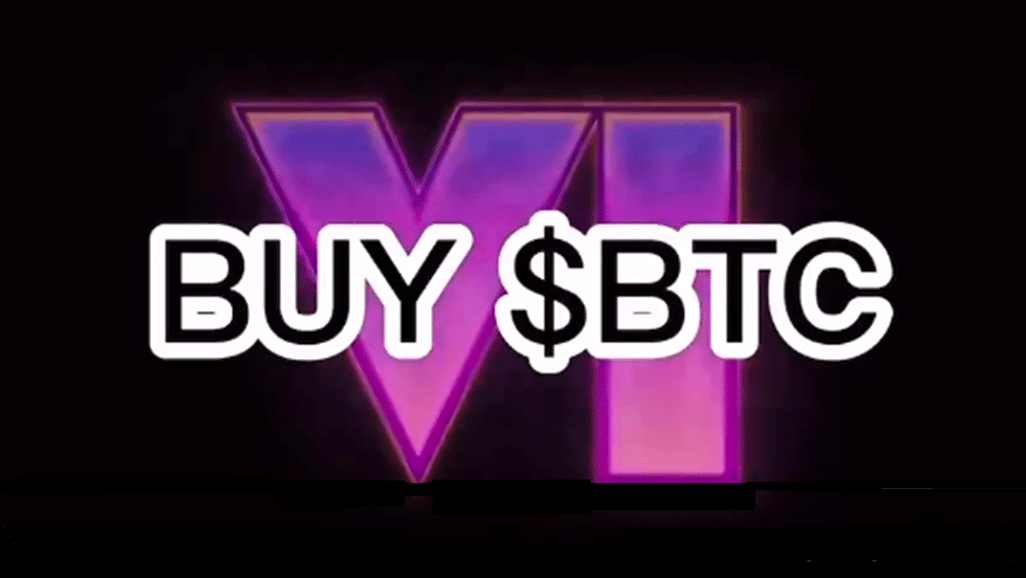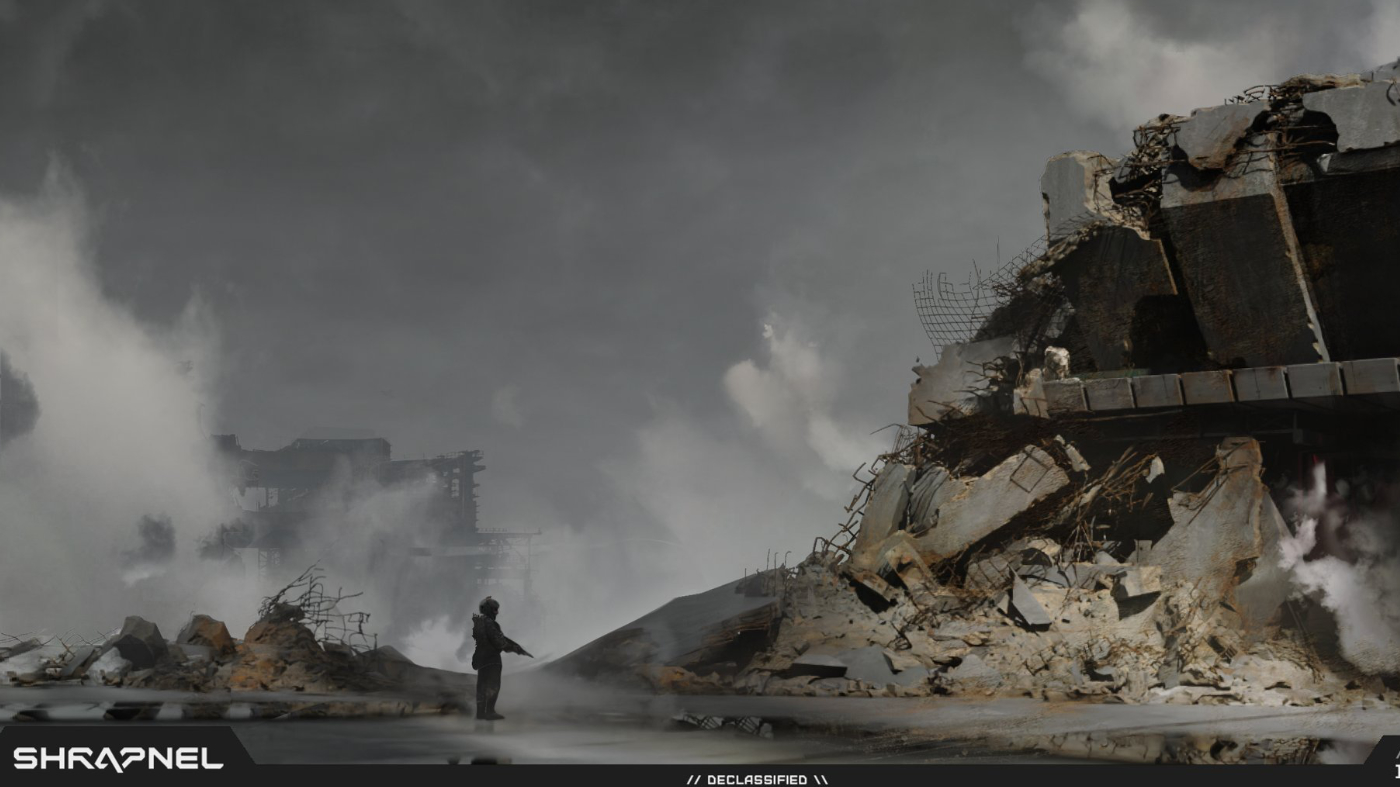Four famous artworks by Andy Warhol are being offered for sale in fractional shares using the Ethereum blockchain network.
Up to 1000 owners will buy ERC-20 tokens from New York-based art platform Freeport for each artwork, which will remain “in a secure vault on the East Coast of the United States”.
As opposed to NFT art, where what is traded is a unique digital asset, the Freeport tokens represent shares in a physical artwork. They are “fungible” as opposed to “non-fungible”, because each token is identical and interchangeable.
The four artworks in question are “Marilyn” (1967), “Double Mickey” (1981), “Mick Jagger” (1975), and “Rebel Without a Cause (James Dean)” (1985).
SEC all-clear
Freeport, which describes itself as “a platform and community for tokenized fine art”, secured the permission of the US Securities and Exchange Commission (SEC) to divide the pieces up into shares and sell the representative tokens as securities.
The status of blockchain tokens as securities is hotly contested and regarded as an existential issue for the crypto industry. Last week blockchain entrepreneur Justin Sun was sued by the SEC, for, among other things, selling cryptocurrencies it says are unregistered securities.
In a different and potentially conflicting civil suit from a US regulator, the Commodity Futures Trading Commission (CTFC) sued the world’s biggest crypto exchange Binance for doing business in America, trading what it says are commodities.
Commodities and securities are usually regarded as mutually exclusive asset categories.
Share structure
Freeport said in a press release that successfully completing SEC review would allow it to open its platform in April, beginning with the sale of the four pieces.
It explains on its website that for each artwork, a company is formed. Ownership in the company is divided into 10,000 shares, and those shares are represented on the Ethereum blockchain as tokens. The minimum allotment of tokens that can be bought in the forthcoming sale is 10, meaning a maximum of 1000 owners for each artwork.
“Blockchain technology has opened up access to exclusive investment opportunities that were once out of the reach of the average retail investor,” ran a line in the press release.
At least some of the four artworks on offer come from the collection of Jane Holzer, a former model and close associate of Warhol. The pieces are screenprints, and as such there are numerous similar artworks in circulation. The Marilyn artworks, for example, were made in a portfolios of 10 (see image below, from the MOMA website), and many portfolios were printed.
